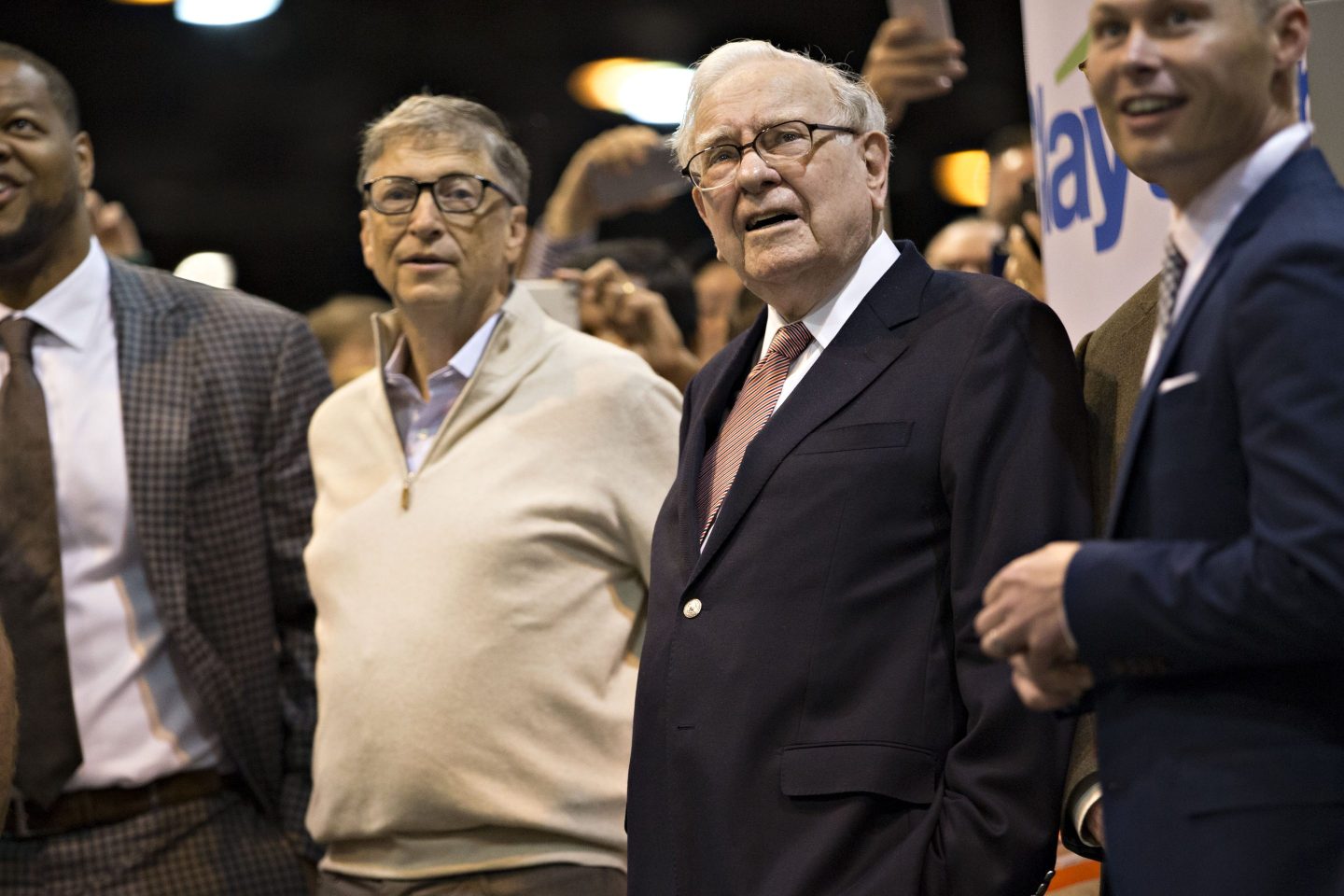Don’t accuse CEOs of whining when they complain that they are hamstrung by Washington’s failure to agree on long-term economic policy. New research shows that policy uncertainty really is higher than ever before — and is damaging the economy.
But don’t accuse President Obama of sparking today’s policy mayhem. It’s true that he has done his part. The administration’s frantic improvising on the Affordable Care Act has spawned chaos in the largest sector of the world’s largest economy. And of the nearly 400 new rules that the Dodd-Frank law requires the administration to write for reorganizing the world’s largest financial sector, only half have been finalized, and the administration has missed about half of its legally mandated deadlines. But in fact economic policy uncertainty has been rising steadily for 50 years, and a new analysis suggests the trend is unlikely to change course.
The big picture is unmistakable, as the chart above shows. The index is based on broad, deep analysis of economic coverage in the news media, corroborated by analysis of the Fed’s Beige Book releases. When a trend is so striking, the obvious question is why. In their newest work, the researchers — Scott R. Baker, Nicholas Bloom, and Jonathan Rodden of Stanford, Brandice Canes-Wrone of Princeton, and Steven J. Davis of the University of Chicago — suggest two explanations.
The first is government’s expanding role in the economy. In the years since policy uncertainty began rising in the mid-’60s, the government’s share of GDP has grown from about 27% to 35%. The Code of Federal Regulations has ballooned from 38,000 pages in 1963 to some 154,000 pages in 2012. The tax code is eight times longer than War and Peace. Economic policy now consists of millions of changing, interacting, multiplying, moving parts. No wonder it’s getting more uncertain. The other major factor is political polarization. As it increases, say the researchers, so does the potential for “more extreme policies, less policy stability, and less capacity of policymakers to address pressing problems.” So, for example, when a landmark program like the Affordable Care Act is enacted with no Republican votes, consumers and businesspeople know that a change of control in Washington could dismantle the whole apparatus. That’s major uncertainty.
This all matters because growing policy uncertainty is bad for business. A large body of research shows that when overall uncertainty increases, GDP falls. Companies invest less, trade less, and hire fewer people. Consumers spend less.
The effects are even more insidious than they seem at first. Uncertainty paralyzes, making businesses and consumers less sensitive to outside forces. In a high-uncertainty environment, government policies to reverse a recession aren’t very effective — as they so notably weren’t in the last recession. And because of the paralyzing effect, as Bloom observes in a separate paper, productive firms are slow to expand and unproductive firms are slow to contract — so resources don’t get reallocated from the less productive to the more productive, shutting down the primary mechanism for increasing productivity.
The glimmer of optimism for businesspeople is buried deep in the research: a surprising finding that uncertainty seems to stimulate R&D spending by companies. Why? Increased uncertainty includes a possible bigger upside as well as a downside, and investments like R&D, which stop short of a commitment to, say, build a factory, give a company a “call option” on the possible upside. If the upside actually happens — Washington agrees on a credible tax and spending plan and the economy surges, for example — the company with brilliant new products will flourish; if gridlock persists, it has lost only the cost of the research.
The larger lesson for businesspeople is that we’d better not wait for policy uncertainty to subside. It isn’t going to, unless you think government’s economic role will start shrinking and Washington will be swept by a wave of peace and love. Instead we’ll need to seek opportunities — perhaps by serving companies and consumers that feel victimized by rising uncertainty.
This story is from the February 3, 2014 issue of Fortune.













